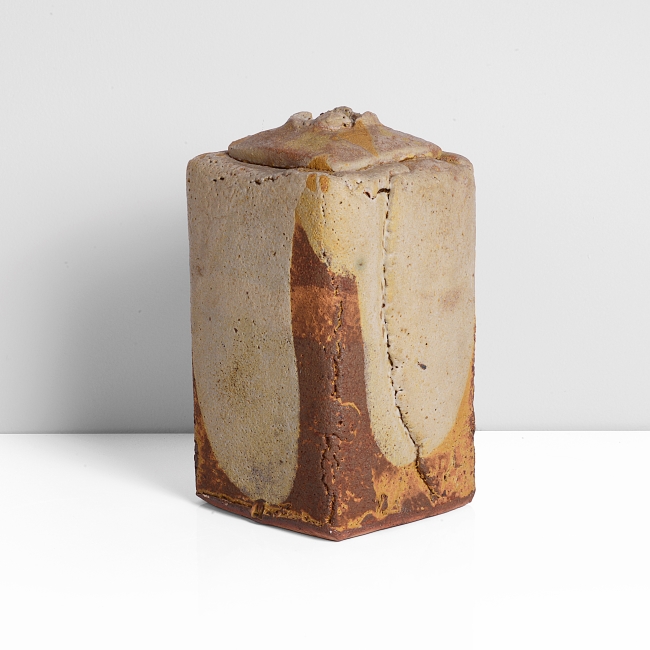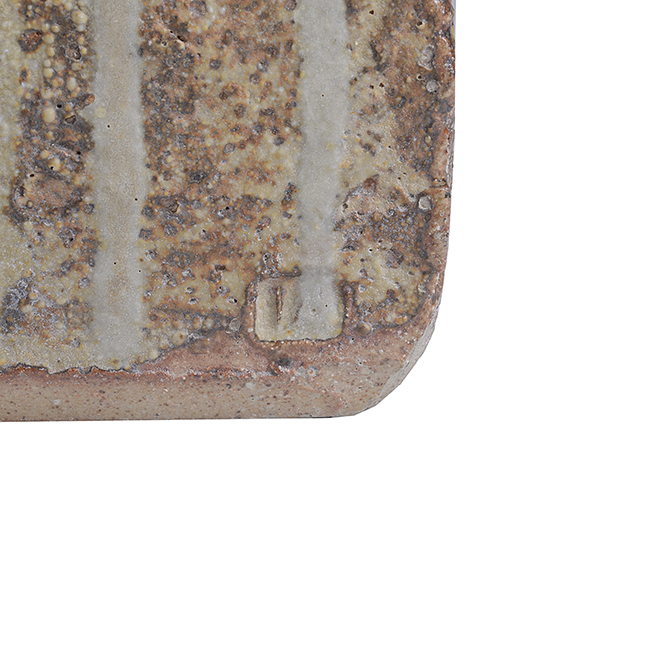Ian Auld was a pioneering British ceramic artist and educator whose work significantly shaped post-war studio ceramics in the UK. He began his formal art education at Brighton College of Art, followed by advanced studies at the Slade School of Fine Art in London. In 1954, Auld moved to Baghdad, Iraq, where he established a ceramics department at the local art school and undertook extensive research travels through India, Turkey, and Iran, absorbing regional ceramic traditions and materials.
Upon returning to England, Auld taught at both the Central School of Art and Camberwell School of Art, where he worked along side Hans Coper and developed the large-scale, slab-built ceramic forms for which he is best known. His work from this period is recognized for its innovative textures and architectural presence, contributing to the rise of modern British studio pottery.
Register a Wishlist for Ian Auld
During the 1960s, Ian Auld shared a studio with fellow ceramic artist Gillian Lowndes, with whom he opened a ceramics shop in Camden Passage, Islington. He continued teaching at institutions such as Bath Academy of Art and Bristol Polytechnic, fostering a new generation of ceramicists.
A pivotal moment in Auld's career came in the early 1970s during a formative visit to Nigeria, which further influenced his aesthetic and approach. In 1974, he was appointed Head of Ceramics at Camberwell School of Art, where he mentored future leaders in contemporary ceramics, including Henry Pim, Sara Radstone, and Angus Suttie. Auld is widely credited with shaping a generation of radical, anti-traditionalist studio potters and establishing Camberwell as a central hub for experimental British ceramics in the late 20th century.
Dates
1926 Born Hove, Sussex
1948-51 Slade School of Art
1974 Head of Ceramics, Camberwell School of Art




